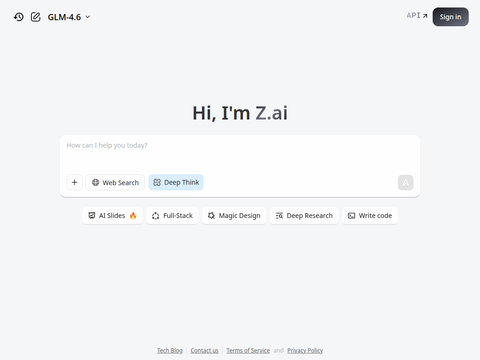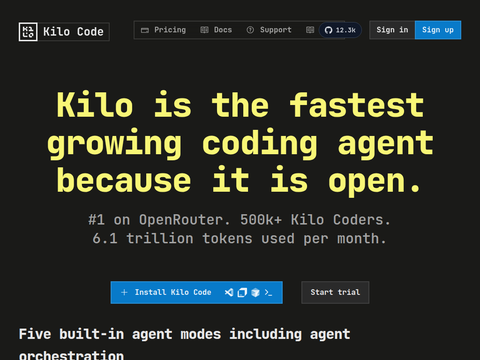Amazon.com is reportedly planning to lay off up to 30,000 employees in what would be its largest workforce reduction to date.
Some employees could be let go as early as Tuesday as part of the company’s latest measures aimed at cutting costs and conserving cash. According to a Reuters report citing informed sources, the layoffs are expected to affect approximately 10% of Amazon’s global corporate workforce, although not all dismissals will occur this week.
However, thousands of termination notices are anticipated to be issued this week. The cuts will span nearly every segment of Amazon’s vast organization, including human resources, cloud computing, advertising teams, and numerous other business units. A source familiar with the matter noted that the company has not yet finalized the total number of layoffs.
This wave of job cuts comes as many U.S. companies seek ways to reduce operational expenses or at least slow headcount growth amid rising prices, a tight labor market, and the uncertain prospect of renewed tariffs under former President Donald Trump.
In Amazon’s case, CEO Andy Jassy (pictured) has been focused on cost reduction for years, partly to offset the company’s massive investments in artificial intelligence, which require building extensive data centers. Since 2022, the e-commerce giant has already cut around 27,000 jobs.
According to Reuters, Amazon views this round of layoffs as part of an ongoing effort to correct its aggressive hiring during the early phase of the COVID-19 pandemic. At that time, a surge in online shopping prompted the company to double its warehouse network in less than two years, creating thousands of new blue- and white-collar positions.
Jassy has also been actively exploring ways to achieve more with less, particularly by deploying AI systems to automate tasks previously handled by humans. In June, he became one of the first prominent U.S. CEOs to publicly acknowledge that AI could eliminate the need for many roles, predicting Amazon would replace thousands of positions with automation in the coming years. He described generative AI as a “once-in-a-generation technological shift” already reshaping how the company operates.
“As we roll out more generative AI and agents, it should change how we get work done,” he said at the time. “It’s hard to know exactly what the impact will be over time, but we expect it to reduce our overall corporate headcount in the years ahead.”
Earlier this month, Amazon unveiled Blue Jay, a new AI-powered robotic warehouse system capable of automating tasks like scanning and sorting packages. The system is expected to enable the company to operate smaller fulfillment centers closer to urban consumers—locations that have previously been unfeasible. Additionally, Amazon is testing AI tools designed to forecast shopper demand and recommend future purchases.
Holger Mueller, an analyst at Constellation Research Inc., noted that Amazon is still adjusting its operations after its all-out hiring spree during the peak of the pandemic. He observed that the company is attempting to strike a delicate balance between workforce reductions and the rollout of new automation systems driven by robotics and AI—without disrupting its business. However, he added, this approach is challenging due to the lack of historical precedent.
“These layoffs are different because they appear to span all functional areas of Amazon,” Mueller said. “On the other hand, it shows Andy Jassy believes every part of his business can be automated with new technologies. Yet he must carefully time the layoffs alongside process improvements—he can’t afford any dip in business performance. Amazon’s thin retail margins make the transition to machine-driven decision-making especially tricky.”
Another challenge Amazon faces is growing perception that it is struggling in the AI race. Recent analyst commentary has expressed concern that the company appears to be lagging behind rivals like Google Cloud and Microsoft. In July, Amazon reported strong profit and revenue growth for the second quarter, but its cloud division failed to keep pace with competitors’ expansion. At the time, analysts at AllianceBernstein LP raised “troubling questions” about whether Amazon is an “AI winner or a laggard.”
Despite these concerns, Amazon continues to pour billions into AI investments. The company reported $31.4 billion in capital expenditures for the second quarter, explaining that the majority was allocated to building AI-focused cloud infrastructure. It added that this figure “represents” its planned spending for the remainder of the year.
Amazon is scheduled to release its third-quarter financial results after market close on Thursday, October 30, which may provide further clarity on the scope and timing of the planned layoffs.








